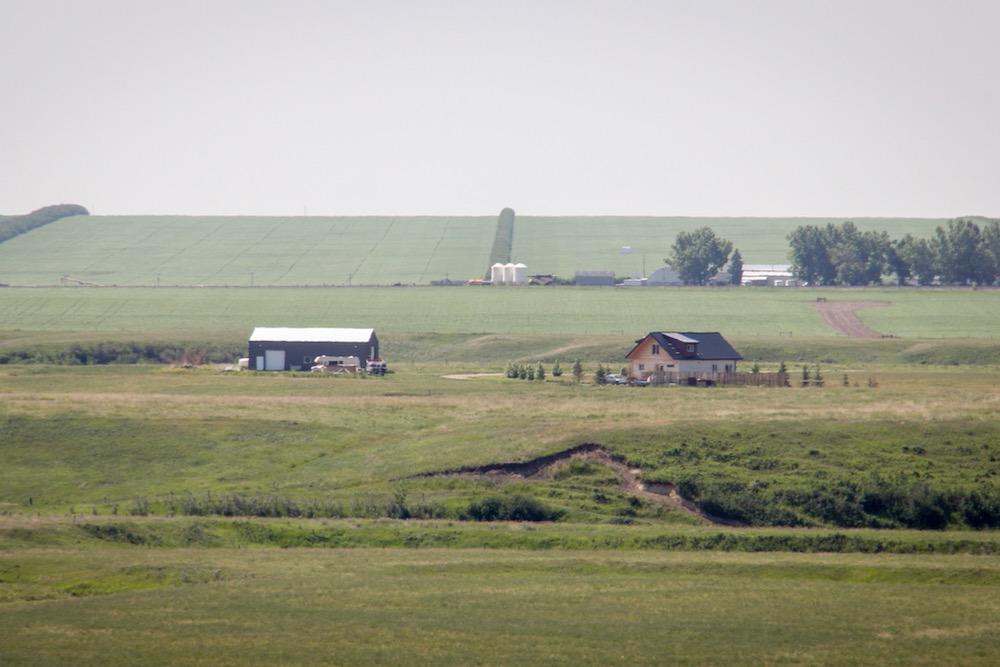Alberta Crop Report: Variable weather fails to dispel crop growth

Glacier FarmMedia—Mother Nature gave Alberta its lion’s share of obstacles when it came to crop growth during the week ended June 18.
Crop conditions across the province were rated at 72.9 per cent good to excellent, better than the five-year average of 68.8 per cent and the 10-year average of 70.2 per cent. The central region had the best rating at 78.2 per cent, followed by the Peace region at 75.7 per cent and the south region at 73.9 per cent, all above both historical averages. The northeast region was at 70 per cent, below its averages, while the northwest was in line with its average at 61.8 per cent.
Read Also


Farmers Edge disputes merits of claim made by former investors
Former investors in Manitoba-based ag tech firm Farmers Edge have asked the B.C. Supreme Court to certify a class action lawsuit against the company, former leaders and its main shareholder. Farmers Edge, founder and former CEO Wade Barnes, former chief financial officer David Patrick, Fairfax Financial Holdings and several financial underwriters are named in the suit asking for a combined total of $270 million in damages.
Dry beans, which were only accounted for in the south region, had the best rating at 95 per cent good to excellent. Flax (83.9 per cent), potatoes (83.5 per cent) and lentils (83.3 per cent) were not far behind. The province’s mustard crop was rated at 79.1 per cent good to excellent, while dry peas were rated at 77 per cent. Barley and durum were both at 76.4 per cent, while spring wheat was at 76.2 per cent. Crop growth stages were behind for spring cereals in all regions except in the Peace region. Chickpeas (73.6 per cent), oats (71.5 per cent) and canola (64.8 per cent) rounded out Alberta’s crops.
While most areas of Alberta were already dealing with excess moisture, many received at least five to 10 millimetres of precipitation during the week. Much of the Peace region and parts of the central and south regions had 30 to 80 millimetres. Frost and hail were reported in much of the province while snow fell in the south region.
Provincial surface soil moisture was rated 76 per cent good to excellent compared to the 59 per cent five-year average and the 63 per cent 10-year average. The northeast region had the best rating at 85.4 per cent good to excellent, while the south was the driest at 66.6 per cent. Provincial sub-surface moisture was rated at 61 per cent good to excellent, compared to the five-year average of 54 per cent.
Tame hay conditions in Alberta received a rating of 75.4 per cent good to excellent, ahead of the 58.2 per cent five-year average and the 61.2 per cent 10-year average. The northwest had the best rating at 84.7 per cent while the south was the worst at 68.6 per cent. Pasture conditions were rated at 75 per cent good to excellent provincially, 20 points better than five years ago. The northwest region was at 84 per cent good to excellent, while the south was at 68 per cent. All regions far exceeded their five-year averages, but 12 per cent of the Peace region was considered to have heavy pasture weed growth.
The consensus among all regions was that an extended period of heat and dryness would be needed to improve crop growth.
Source: Farmtario.com

